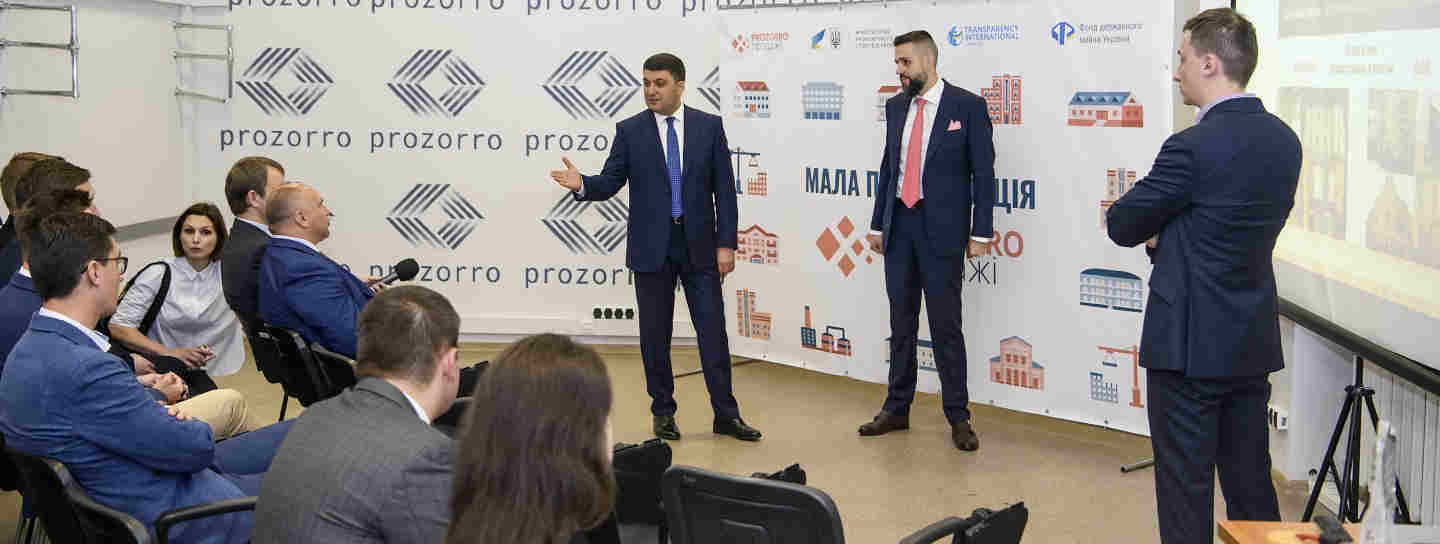Ukraine’s new public sector eSourcing system is the country’s Trojan-like attempt to tackle corruption in the midst of austerity measures and territorial dispute. ProZorro, bearing the name of the fictional masked crusader bent on avenging the helpless and oppressed, and punishing corruption, has completed a year-long pilot and is now ready to be mandated as the electronic public procurement platform to run state procurement online. All public procurement is to be moved over to the system in August of this year.
The Wall Street Journal has a good article explaining more here, but behind the paywall, and of course there is more on the official website.
In a nutshell: Ukraine has been running a system that regulates paper document procedures for public procurement, but experiences of other countries have shown it that an electronic system can bring 10% to 20% savings in the first year. Ukraine believes that this rate could be significantly improved as the system lessens corruption. The Wall Street Journal reports that “… the procurement budget was around $11 billion in 2014, or 8.5% of its GDP of $131.8 billion, but an estimated 10% of that spending is lost to corruption, and another 10% wasted on pricey contracts owing to the lack of competition, “ as stated by Max Nefyodov, Ukraine’s deputy minister for economic development and trade.
After one year of operation as a pilot, the ProZorro official site states that the platform “has hosted 90,000 tenders, with 4,700 contracting authorities throughout the country and more than 15,600 suppliers. Savings on these deals exceeded 12%.” An impressive pilot that looks set to be going in the right direction – but will it be able to fulfil its original goals to:
- Eliminate and prevent corruption
- Make public procurement transparent
- Enforce objective assessment of tenders
- Simplify application of the procedures
- Implement an electronic workflow
- Bring full accounting and analysis of all public procurement
Only time will tell – the system was developed and created by volunteers from civil society on open source software, and its implementation came about through a public/private partnership to crowdfund the project. So intention and desire for it to work is strong. But one must ask — how much did it cost to build? Reports fluctuate!
The website tells us it was developed by “Ukrainian activists with active support from the IT industry, the government and international experts. Its creation was financed by commercial electronic trading platforms, who were convinced of the effectiveness of electronic trading when they were involved in its implementation in the Ukrainian business community, and by international donor organizations (EBRD, WNISEF, GIZ). Presently, the system formally belongs to Transparency International Ukraine … Following the completion of the pilot project, the system will be donated to the government.”
So the next step is for implementation at a national level, which will be a difficult task given there are about 15,000 public procurers and about 25,000 tender committees – the system has to support their work, manage the overload and be robust enough. Then access to the bidding process must be improved for suppliers to encourage companies that have not before considered entering the public sector market (for many reasons – but partly we suspect owing to the propensity for corruption in a market that spends such large amounts on public contracts).
There are several questions that come to mind and many are answered on the website in a short Q&A, like “Why is your work implemented through private commercial platforms? Aren’t they prone to corruption and abuse?”
But one question hovers over the readiness of public procurement in Ukraine to handle the new procedure, even though several success stories already abound. As the website says “… public procurement in Ukraine is not yet a profession but often an additional responsibility. We need to teach the officials as well as the businesses how to handle the procurement procedure, in particular how to operate the system of electronic procurement.” So workshops and seminars will be arranged throughout the regions — “When the pupil is ready the master will appear” as fittingly said by Don Diego de la Vega.

